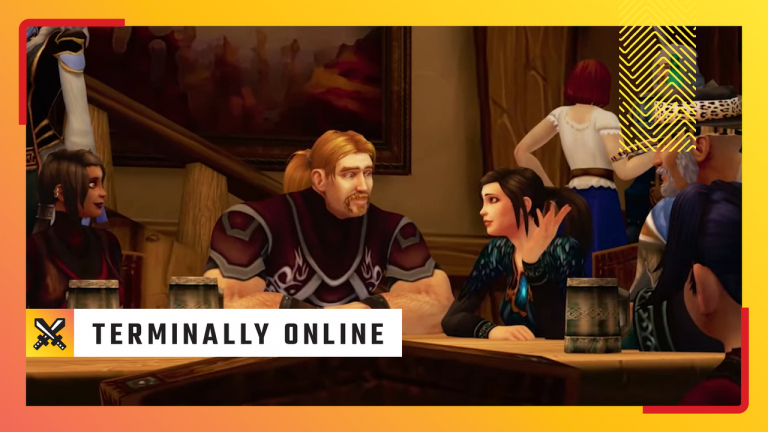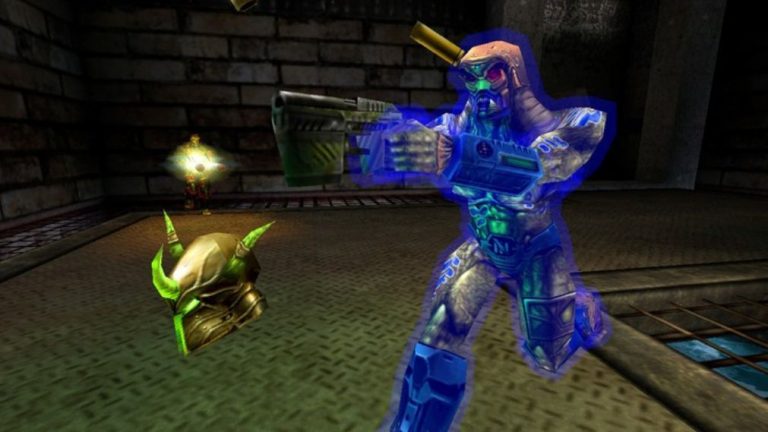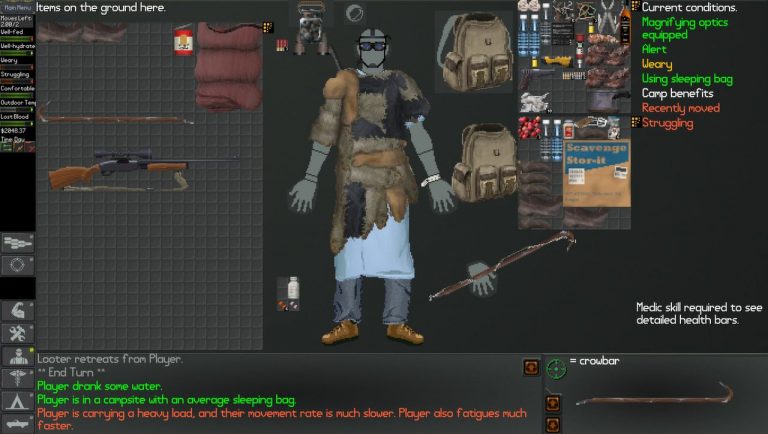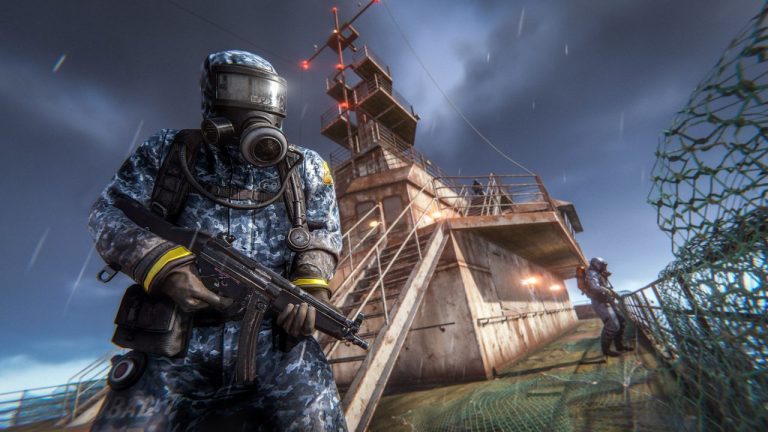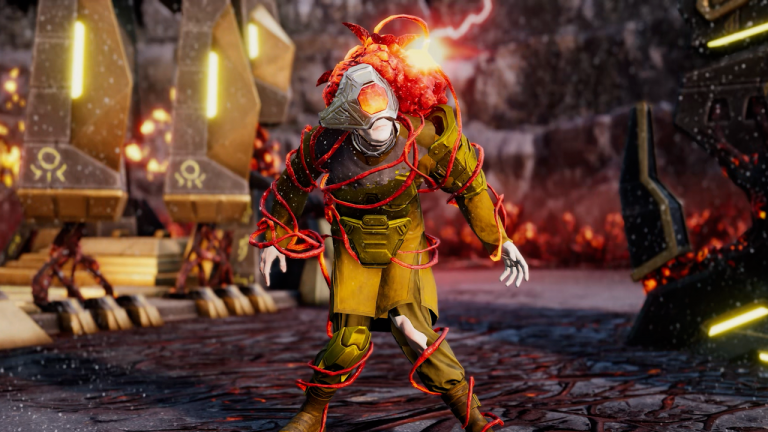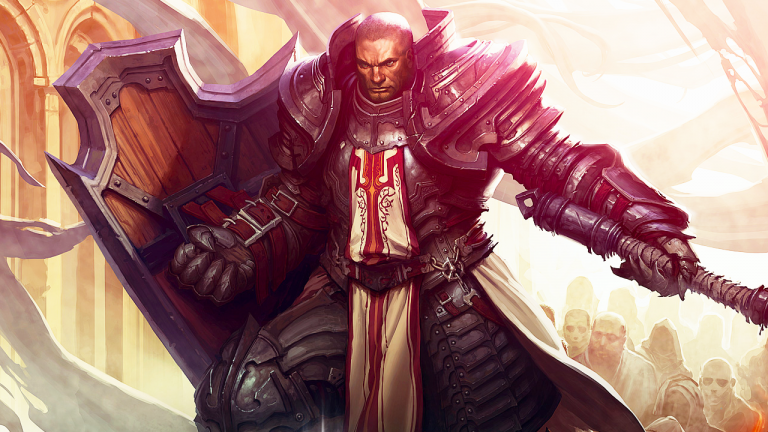When developing a mobile multiplayer game, there’s an added layer of complexity. It’s not just the technical challenge of connecting the players together, but every element of your game is affected – from the monetization to the gameplay itself.
With that in mind, we’ve brought together the tools and resources that’ll help you make your multiplayer game.
Which engine is best for multiplayer games?
Most engines feature multiplayer support in one way or another, whether it’s built-in or a plugin.
Unity. Despite recent concerns, Unity is still the go-to choice for many mobile developers. Not only do they have guides on their website, they also have tons of the backend tools and features you’ll need to make your multiplayer game run smoothly.
Defold. Completely free and open source. Defold is a very lightweight engine that’s perfect for mobile games. But it isn’t built for 3D games.
Godot. Often considered the open-source alternative to Unity. It also has a very active community, building plugins for most of your needs. It’s a good engine for any genre.
GameMaker. A great 2D engine that has multiplayer out of the box. While it costs for a commercial licence, it’s a flat fee or subscription rather than based on your earnings.
Unreal. If you’re building a deep, 3D, competitive multiplayer game and want the best graphics, the only real choice is Unreal. But it’s overkill if you’re making a more casual game.
It’s always tricky picking an engine. You can easily end up in decision limbo, spending months researching each one. Luckily for you, GameAnalytics is compatible with most major engines and environments, making it easy for you to rely on data at any time.
What motivates people to play multiplayer games?
People play multiplayer games for very different reasons to a single-player game. It’s important to understand those motivations and how they affect your game’s design. Here are a couple of resources to bear in mind when designing.
Understanding player motivations. There are eight main reasons why people play games. In this article, we dig into them and how they affect your game.
Player motivation archetypes. Similarly, GameRefinery found that you can dig a little and split those motivations into twelve categories.
What tools do you need to make multiplayer games?
There are many tools you’ll need to integrate with your multiplayer game, if you want it to feel fair and satisfying to play. The four main areas to consider are:
Server hosting. Will you host your matches or host from the player’s machine? You’ll likely want to look at cloud providers, such as AWS Gaming or get a third-party to sort it out for you, like Gameye.
Matchmaking. It’s no fun joining a game with players who are far better than you. Instead, a matchmaker groups your players together based on their skill. You can also include other rules, such as their region. What matchmaker you choose largely depends on your engine.
Anti-cheat and DDoS protection. As soon as you open up your game to the general public, you could be a target of cyber attacks or just general cheating. Either way, make sure you have some way to protect the data you’re sending.
Backend systems. Most multiplayer games will need a database of users and other meta-features, such as achievement systems, leaderboards or economies. Services like LootLocker, Photon or Pragma make it easy to set these features up and keep them running.
How do you monetize multiplayer games?
Unlike casual games, advertising doesn’t particularly work with multiplayer. Adverts tend to interrupt the flow of a game, so you can’t show them during a match. Instead, developers need to focus on different models to monetize the game. There are three main approaches:
A one-off payment. Simple and easy. But it can leave you with a problem if you’re paying for ongoing services, such as servers. Make sure you have an exit strategy for how you’ll switch to a community-led game in the future.
Subscriptions and battle passes. These are often the most popular ways to monetize a multiplayer game. Offer new cosmetics and content and keep the game active.
In-app purchases and downloadable content. Offering packs that players can purchase to give them more in-game currency or cosmetic items works well.
However you decide to monetize, it’s important to find the right balance. Make sure you A/B test different prices and bundles to see which is most effective. If you need help, check out our A/B testing.
How do you manage your community?
One of the major incentives for multiplayer games is the social aspect. If you want to keep your game active and thriving, you need to build and engage with your community.
Building a community on Discord. In this article, we walk through how to get started with your community.
Three ways to engage your community. Once you’ve established your community, here are three ways to keep them happy and active.
What’s the best way to make a multiplayer game?
It all comes down to data. Your analytics is key to making sure that your multiplayer game is active and effective. You need to track how players behave inside the matches, how your servers are doing, how your monetization models are performing, and what’s going on in your community.
With so many different data sources, it can be challenging to bring it all together in a cohesive way. This is where DataSuite comes in. We can bring all your data into a single Data Warehouse, allowing you to query the data from all these different sources in one central location. Check out what DataSuite can do for you.



